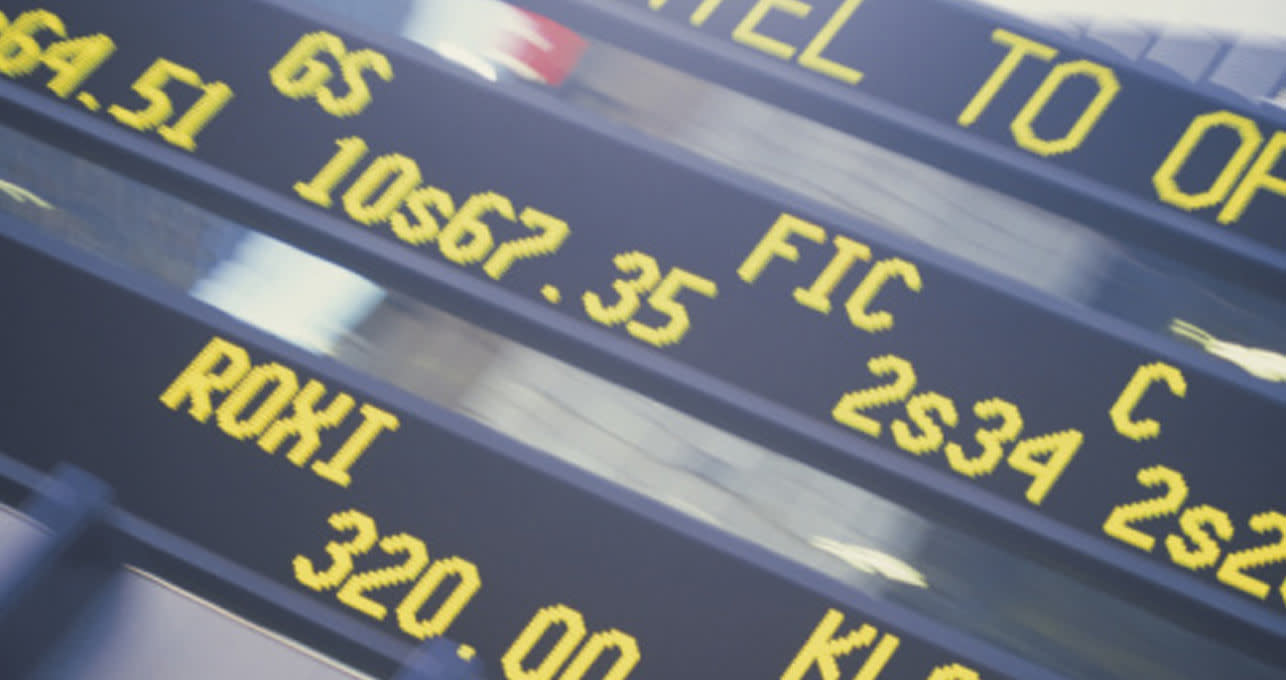Dowlais reported £1.7bn of underlying revenue in the four months to the end of April, down 1.9%. This was largely driven by a 3.3% decline in its Automotive business, where growth in China and its Driveline products was more than offset by the impact of volatile electric vehicle production volumes.
Underlying operating margins rose from 5.8% to 6.1%, as profitability improved in both its Automotive and Powder Metallurgy businesses.
Full-year revenue guidance has been downgraded from ‘in line’ with the prior year’s £5.5bn, to ‘slightly below’ that level, with performance weighted to the second half. Operating margins and free cash flows are still expected to improve.
The shares fell 5.9% following the announcement.
Our view
Dowlais’ trading in early 2024 has failed to impress markets. Weakness in electric vehicle volumes has offset stronger performances elsewhere in the business, ultimately leading to a slight downgrade in full-year revenue expectations.
Diving into the business, its largest division, GKN Automotive, remains the driving force behind the group's performance. It produces drivetrain components, which are effectively a group of parts that connect a car's engine to the wheels and various other parts of the car to help drive it into motion.
The group's got market-leading positions on many of these components. It serves around 90% of global car manufacturers, with the group's parts finding their way onto around half of these manufacturer's cars. And because of the wide variety of car manufacturers this division works with, revenues are spread across multiple geographies which helps to diversify some risk if certain markets slow down for any reason.
With the switch to electric vehicles (EVs) looking inevitable, we think Dowlais could be a major long-term beneficiary of the transition due to its market-leading positions in the EV space too. 2023’s automotive orders climbed to record levels worth more than £6bn over the contract lifetimes, with a mammoth 74% of this being EV-related.
The Powder Metallurgy business accounts for around a fifth of group revenue. It specialises in turning powdered metals into high-precision components. This should complement the EV transition, but performance remains slightly underwhelming in our eyes.
There are other challenges to be aware of too. With so much economic uncertainty hanging heavy over the market, not every consumer's confident enough to sign the dotted line for a new car right now. And disruptions to global supply chains have the potential to push up costs.
Elsewhere, the group's made big strides in restructuring the business in recent years, and cash flows are now in positive territory. Continued improvements in cash flows will likely put potential merger and acquisition (M&A) opportunities back on the table. That's a key part of the group's growth strategy, so don't be surprised to see some activity on this front in the coming years.
Ultimately, Dowlais has a strong market position, with the electric transition likely to be a big tailwind for the group. But in the near term, sentiment’s likely to be steered by the outlook for global car demand and volumes. That caution looks to be built into the valuation, which is towards the lower end of its peer group on a forward price-to-earnings basis.
Dowlais key facts
All ratios are sourced from Refinitiv, based on previous day’s closing values. Please remember yields are variable and not a reliable indicator of future income. Keep in mind key figures shouldn’t be looked at on their own – it’s important to understand the big picture.
This article is not advice or a recommendation to buy, sell or hold any investment.No view is given on the present or future value or price of any investment, and investors should form their own view on any proposed investment.This article has not been prepared in accordance with legal requirements designed to promote the independence of investment research and is considered a marketing communication.Non - independent research is not subject to FCA rules prohibiting dealing ahead of research, however HL has put controls in place(including dealing restrictions, physical and information barriers) to manage potential conflicts of interest presented by such dealing.Please see our full non - independent research disclosure for more information.


